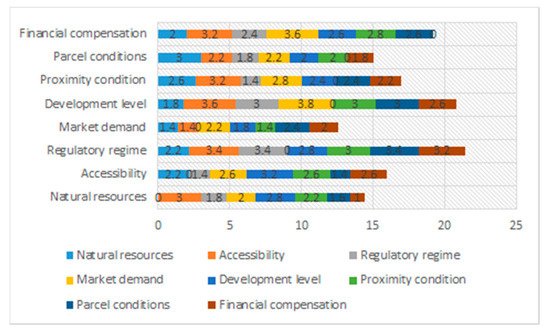The post-war era in Eastern Asia was accompanied by an economic miracle called the developmental state (esp. in Japan, Taiwan, South Korea, Hong Kong, etc.) [
1]. Other developing countries (especially Latin America) were added later to the list. The main characteristics of a developmental state include strong state intervention, as well as substantial regulation and planning. Through the establishment of science parks, the Taiwanese government used state power to attract investment and tax subsidies [
2]. This has led to achieving a certain degree of success in the regional economy, and has promoted a cluster of technology industries in northern Taiwan [
3]. Science park subsidies for industries in Taiwan are used by bureaucrats to lead the “industrial policy”, with an oligopolistic and exclusive “market network” controlled by the public sector and large-family businesses [
4]. The political business cycle—where power is tilted towards the capital driven by the public sector, “technical innovation” for investment, and platform creation—has become Taiwan’s unique economic development model [
5].
Taiwan’s economic development goal is to actively implement sustainable development goals. It uses science parks as a medium for this purpose. The sustainability concept is an approach to meeting the physical, social, economic, and environmental needs of a community without compromising the benefits and needs of future generations [
6].
“Sustainable development” was first used by the “International Nature and Natural Resources Conservation Alliance”, “United Nations Environment Programme”, and “World Wildlife Animal Foundation” three international conservation organizations, published in 1980 proposed in the “World Conservation Program” report [
7]. In 1987, the United Nations World Commission on Environment and Development (WCED) published a report called “Our Common Future”, where it defines sustainable development as: “It can meet the needs of the present without compromising the satisfaction of future generations” [
8]. Taiwan first announced its sustainable development policies in 1994. The “Environmental Basic Law” was passed in 2002. Taiwan’s sustainable development policies include “Fairness”,”Sustainability” and “Commonality”.
In 2015, the United Nations passed a total of 17 Sustainable Development Goals (SDGs) and 169 specific targets, due to the tremendous changes and challenges brought about by emerging global risks [
9]. The changes in global sustainable development goals have brought about different results in the Taiwan Science Park. Therefore, the present research investigates the sustainable transformations (successful or unsuccessful) in the Central Taiwan Science Park (CTSP). We will also analyze the sustainable development strategy of the CTSP.

